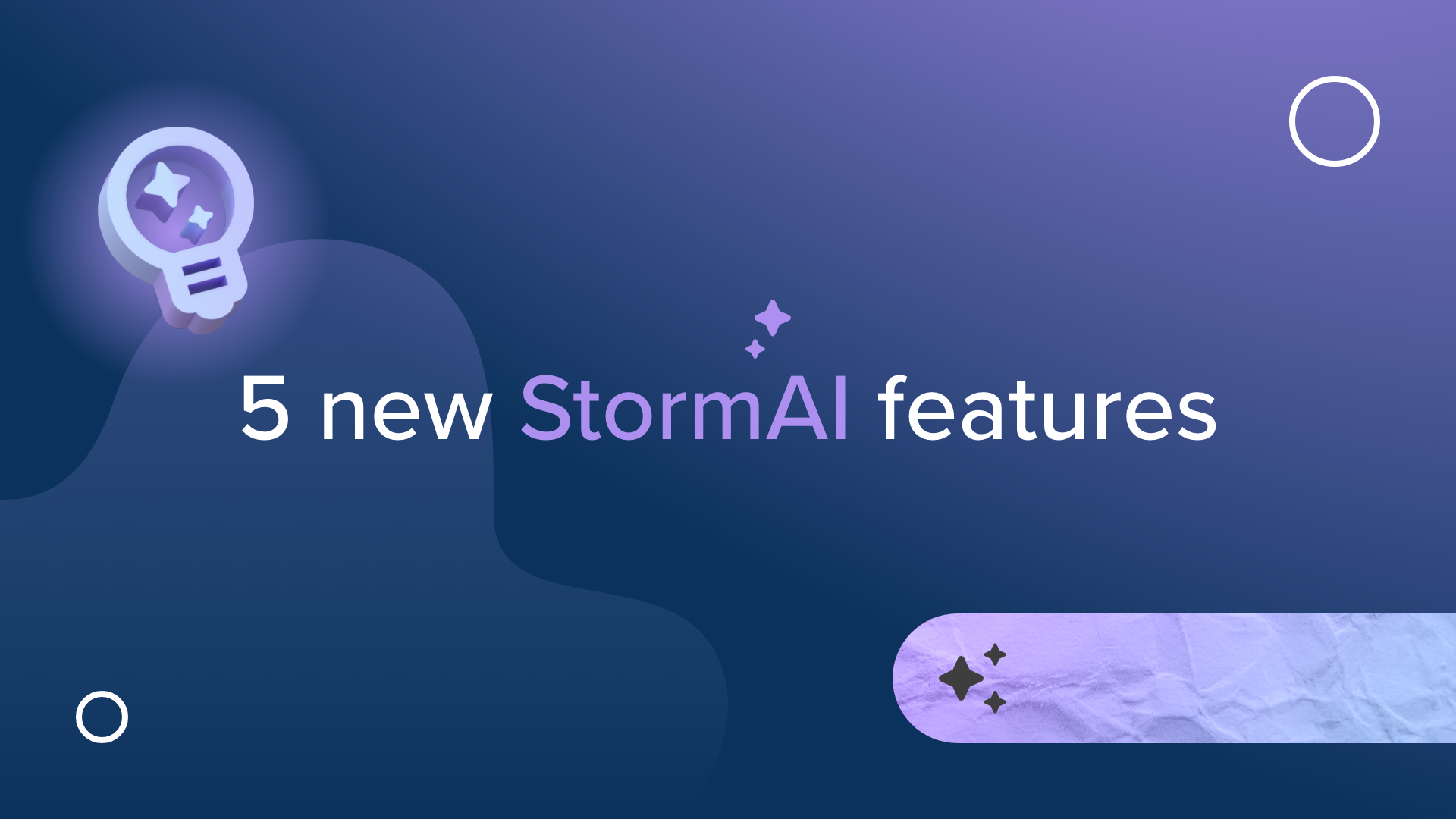How to Use The Rose, Bud, and Thorn Design Thinking Template
Evaluating the outcome of your projects, meetings, tasks, or even your professional progress in recent months can be difficult. It isn’t always as simple as figuring out whether your goals were achieved or not — there can be any number of other factors to consider — did everything go smoothly? How did you or your team overcome roadblocks or challenges? What lessons were learned?
Sometimes the best approach is to take a step back to look at the big picture — or even better — run a retrospective exercise.
If you are new to retrospectives, or are just looking for a quick, simple exercise that you can do on your own or with a team, the Rose, Bud, and Thorn approach might be perfect for you.
This simple retrospective exercise will help you quickly determine what is working, what isn’t, and what you need to do to move forward.
Who should use the Rose, Bud, and Thorn process?
This is a process that can be used by anyone who is trying to take a step back and review an issue, project, or part of their life. It is used in schools, for mindfulness exercises, to reflect on an experience, as an icebreaker, and most commonly, for those working within the Design Thinking methodology.
This article is going to take a look at the process from the professional, project-based angle, and teach you how you can easily do your own Rose, Bud, and Thorn exercise with Stormboard’s built-in template.
How does this process work?
A mainstay of design thinking, the Rose, Bud, and Thorn framework is a great way to define the problem, quickly assess the health and efficacy of your work, and identify any areas for improvement.
This versatile template can be answered in the voice of your users, the voice of your company, or your own voice, in any situation where you need to clearly separate and identify your wins and accomplishments, losses and challenges, and opportunities and areas to improve.
How to use Stormboard’s Rose, Bud, and Thorn Template
Frame your ideas or activities by documenting observations or opinions on sticky notes as positive, negative, or having potential, and use different colors for each note to help you see and consider emergent patterns.
The Stormboard template is separated into three sections: Rose, Bud, and Thorn.
Rose
These are the ideas, properties, or processes that are working (or worked) well. While they may not be perfect, these are the things that you want to keep doing, celebrate, shine a positive light on.
What is the highlight of your day/week/month/quarter?
How have you been successful?
What are you most proud of?
Describe the efforts that have worked really well for you and your team, and use comments to briefly cover why you think they were successful. These ideas don’t have to be perfect, but they work well enough to not be changed.
Bud
This is an area that may or may not be working perfectly, but offers an opportunity for growth or improvement.
What are some of the opportunities that energize you?
What possibilities need growth and nurturing?
What is working now, but could be working better in the future?
This is an area for optimistic ideation. Try not to focus on how things are not working, but how you can make things work better. If you’re in the middle of an ongoing process, identifying possible improvements early can save you significant time later.
Thorn
This is an idea, property, or process that is not working. It may need to be heavily reworked or removed entirely.
What causes the most stress?
What impeded your efforts?
Did you experience pain points in the process?
What did you wish would have turned out better?
Thorns can be excellent opportunities to identify new buds or areas for improvement. Determine what is wrong with your process and find a way to fix it.
Conclusion
Even if you are brand new to retrospectives, or are completely unfamiliar with the design thinking process, the Rose, Bud, and Thorn template in Stormboard is easy to use and effective for everyone from beginners to seasoned pros.
Whether you are working on this process alone or as part of a group exercise, as you complete your template, themes will start to emerge.
You can begin to cluster them by affinity, which can help you find larger areas that are problematic, or other areas that are promising and need to be investigated.
Interested in trying this template out with your team? Sign up for a FREE trial of Stormboard’s full-featured business plan now!
You can also book a free, no-obligation demo with one of our experts to help you find even more templates and processes that can help elevate your team!
Keep Reading













